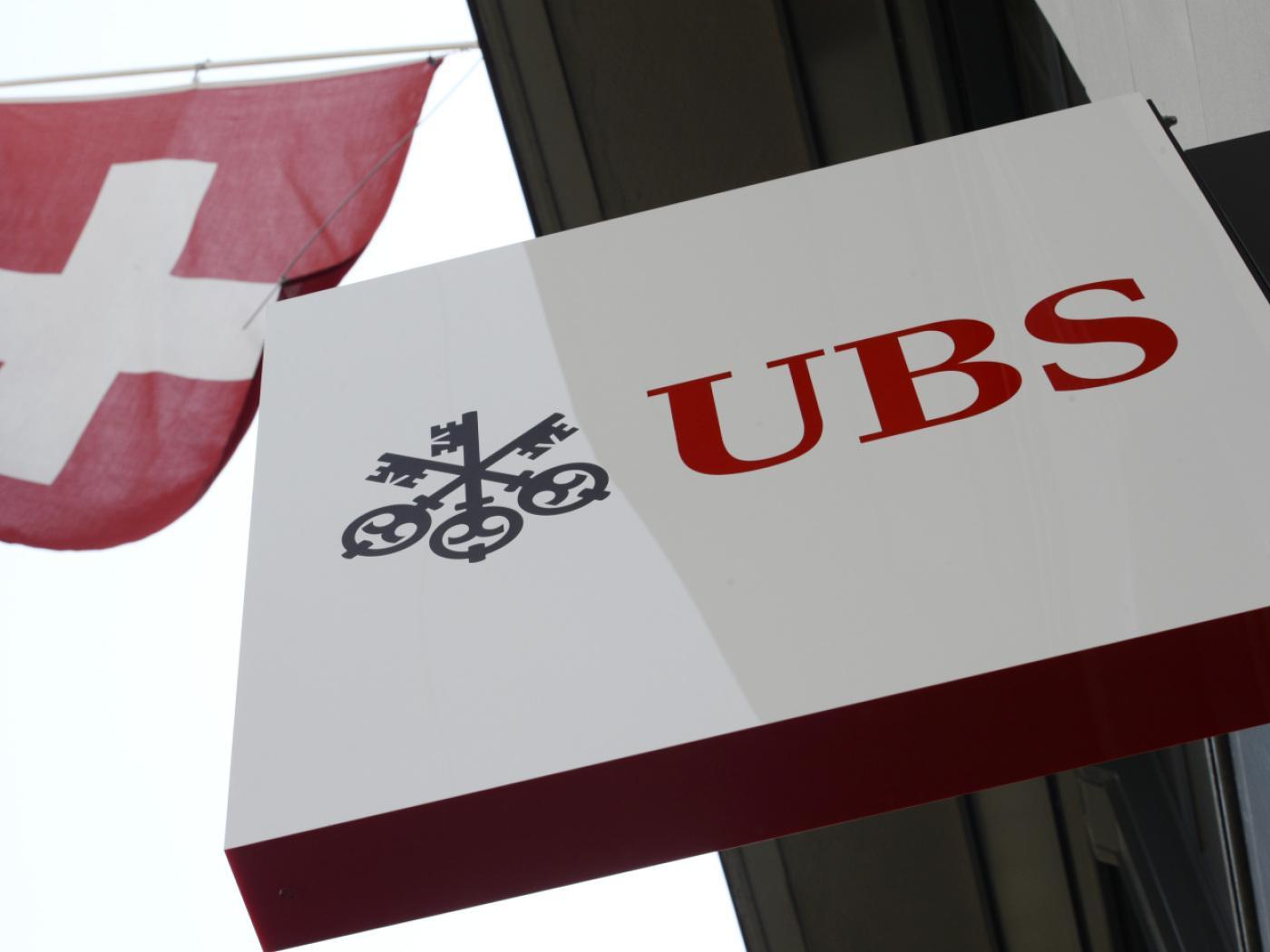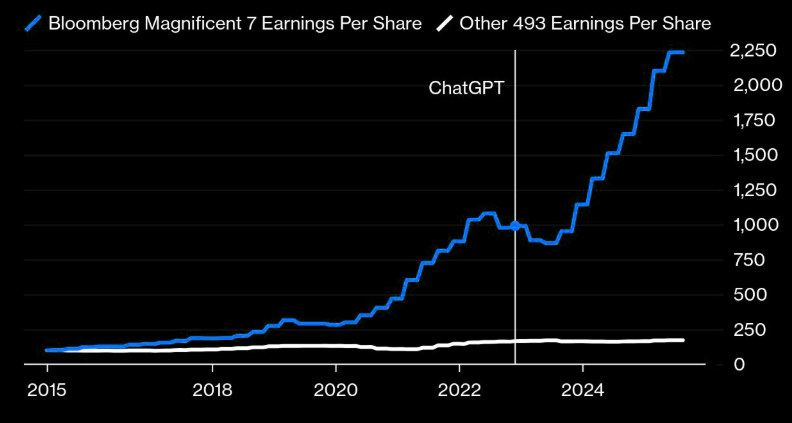 Overview: The dollar’s losses scored after yesterday’s disappointing ISM manufacturing report were extended initially in Asia Pacific turnover earlier today before it recovered. The recovery has stretched the intraday momentum indicators, warning against expected strong follow-through dollar buying in North America, without fresh impetus. Amid position adjusting and crosses unwinding, the yen is resisting the dollar’s recovery and is the strongest of the G10 currencies. A slightly firmer than expected Swiss CPI has seen the market shave the odds of a SNB rate cut later this month. This is allowing the franc to recover a little too. The other G10 currencies are lower. Most emerging market currencies are weaker, as well. The South African rand and Mexican peso are off slightly more than 1%. Modi’s victory in India seems smaller than it did yesterday, and the rupee is also among the weakest emerging market currencies today.
Overview: The dollar’s losses scored after yesterday’s disappointing ISM manufacturing report were extended initially in Asia Pacific turnover earlier today before it recovered. The recovery has stretched the intraday momentum indicators, warning against expected strong follow-through dollar buying in North America, without fresh impetus. Amid position adjusting and crosses unwinding, the yen is resisting the dollar’s recovery and is the strongest of the G10 currencies. A slightly firmer than expected Swiss CPI has seen the market shave the odds of a SNB rate cut later this month. This is allowing the franc to recover a little too. The other G10 currencies are lower. Most emerging market currencies are weaker, as well. The South African rand and Mexican peso are off slightly more than 1%. Modi’s victory in India seems smaller than it did yesterday, and the rupee is also among the weakest emerging market currencies today.
Indian stocks are giving back yesterday’s gains plus today, sliding more than 5%. Except for China and Hong Kong, most bourses in the Asia Pacific region fell today. Europe’s Stoxx 600 is off 0.8% giving back the past two days of gains in full. US index futures are also softer. Asia Pacific bonds played catch-up after the strong rally in the US yesterday. European benchmark yields are mostly 1-2 bp lower. The 10-year Treasury yield is flat near 4.39% after falling 11 bp yesterday. Gold recovered yesterday and settled above $2350 but has come back heavier today and looks poised to test yesterday’s low (~$2315). July WTI that was testing $80 last week has been sold below $73 to its lowest level since early February. Lastly, natgas surged yesterday on Norway’s plant outage, but it is recovering today. The Dutch benchmark was up over 5% yesterday and is off almost 3.8% today. US prices jumped 6.5% yesterday and are flattish today.
Asia Pacific
The 35th anniversary of Tiananmen Square protests is reminder of the desire for political liberalization and human rights in China. Xi’s father reportedly warned China’s leadership that funeral of CCP General Secretary Hu needed to be properly managed or there would be chaos. Hu had been a powerful reformer. Xi himself saw the student protests as dangerous and drew parallels with the Cultural Revolution. Political reforms in China since Xi’s rule have been in the other direction. The Communist Party has an increased role in society, government, and businesses. The balance of power between the princelings, like Xi whose parent fought alongside Mao, and the Communist Youth League of unconnected but ambitious people has been destroyed in favor of the former. Mao’s “iron rice bowl” of government support has been dismantled and Xi shares with some in the US and Europe who disdain social welfare programs. More immediately, the light economic schedule at the start of this week ends tomorrow with the final PMI for Japan and Australia, China’s Caixin services and composite, and Australia’s Q1 GDP (expected 0.2%, same as Q4 23).
The drop in US interest rates after the disappointing ISM manufacturing survey took the dollar broadly lower, and it was pushed below JPY156 for the first time since May 21. Follow-through selling today took the greenback below the trendline connecting the two spike lows in May that came in today near JPY155.90. The dollar recorded a bearish outside day yesterday, trading on both sides of the pre-weekend range and closing below its low. It has been sold to JPY155.00 today. Nearby support is seen around JPY154.80. The intraday momentum indicators are stretched. The JPY155.90-JPY156.00 may now offer resistance. The Australian dollar has not settled off the $0.6600-handle since May 8. It has nearly covered the range in the past three sessions. It had traded below $0.6600 on an intraday basis on May 30 and reached $0.6695 yesterday, amid the greenback’s broad losses. It made a marginal new high today but held below $0.6700 and has reversed lower to approach yesterday’s low below $0.6640. The sell-off has also stretched the intraday momentum indicator, suggesting that support in the $0.6625-30 may be sufficient to hold back steeper losses today. Many observers get caught up in precisely how the Beijing manages its currency. Since we suspect it changes and evolves over time, and is purposely opaque, we think that for most market participants, it is not the point. What the yuan does is more important than how. Most importantly, we think that Beijing has resisted the magnitude of depreciation that market forces alone were driving, and it is not using the exchange rate to promote exports. Indeed, China appears to be shifting toward a foreign direct investment strategy and a stronger yuan is more desirable than the speculation of a major one-off devaluation suggests. The PBOC set the dollar’s reference rate at CNY7.1083 (CNY7.1086 yesterday). The average in Bloomberg’s survey was CNY7.2295 (CNY7.2399 yesterday). The dollar has not closed below CNH7.25 since for nearly two weeks. A similar trendline as the one we identified with the yen is found today near CNH7.2535. Today’s low so far has been CNH7.2490, and the dollar has made a lower high for fourth session.
Europe
The news stream from Europe is subdued today. The final services and composite PMI are due tomorrow, as is the April PPI. A few hours before the ECB meeting outcome on Thursday, the aggregate April retail sales report is due. A pullback after the 0.8% gain in March. Switzerland’s May PMI yesterday was mixed. The manufacturing PMI rose to 46.4 from 41.4 in April, and the services PMI slumped to 48.8 from 55.6. Today, Switzerland reported May CPI. The EU harmonized measure ticked up to 1.5% from 1.4%. The Swiss National Bank meets quarterly, and they became the first G10 central bank to cut rate in March. The swaps market a little more than a 50% chance of a follow-up cut on June 20. It was near 60% yesterday, i.e., before today’s CPI. Last week, the euro rose to CHF0.9930, its best level since April 2023, but reversed lower and snapped a three-week advance. It approached CHF0.9750 yesterday, the (50%) retracement of the rally from April 19, when the cross was initially driven low (~CHF0.9565) when Israel retaliated against Iran. Follow-through selling today has seen nearly CHF0.9720. The next retracement (61.8%) is near CHF0.9700.
The euro rallied on the back of the softer US manufacturing ISM. After bumping against it repeated in the North American afternoon yesterday, it finally pushed above $1.09. for the first time since March 21. Its gains were initially extended to about $1.0915 but sellers emerged and took it to about $1.0870 by early in the European session. Given the intraday momentum indicators, we suspect that support near $1.0850-60 may be sufficient. The euro’s gains amid the high probability of an ECB rate cut on Thursday and solid US job growth Friday (the median in Bloomberg’s survey has crept up in recent days to 190k), surprised us. We did not expect a breakout. Still, we recall that market has done this before, i.e., rally the euro ahead of the US jobs report only to sell off afterward. On Thursday, shortly after ECB’s press conference, there are options for about 2.8 bln euros almost evenly divided between $1.09 and $1.0915 that expire. Sterling recovered from a dip slightly below $1.27 to a little above $1.28 on the back of the US dollar’s retreat. Sterling peaked slightly above $1.28 last week, a two-month high. It took it out yesterday by a few hundredths of a penny. It closed above $1.28 for the first time since March 11. It approached resistance ahead of $1.2820 and slumped back to $1.2760 in the European morning. With oversold intraday momentum indicators, sterling found was stabilizing in late European morning turnover. There are options for about GBP370 mln at $1.2860 that expire Thursday.
America
The ISM again trumped the PMI. The US May manufacturing PMI was revised to 51.3 from the initial estimate of 50.9. Recall that the median forecast in Bloomberg’s survey for it was initially 49.9. This is the say that the market had looked for the third consecutive decline and it came in stronger and was revised higher. The ISM manufacturing survey was reported shortly after the PMI. It was weaker than expected at 48.7 (from 49.2). It has been below the 50 boom/bust level since November 2022 with the sole exception this past March (50.3). In the first four months of the year, it average 49.1. Prices paid rose at a slow pace (57.0 vs. 60.9) and new order continued to fall (45.4 vs. 49.1). New orders are the weakest since last May. Employment rose to 51.1 from 48.6. It is the first reading above 50 in eight months. Still, US yields fell on the ISM report and took dragged the dollar lower. The Atlanta Fed’s GDP tracker fell sharply in yesterday’s update to 1.8% from 2.7%. Today’s April JOLTS report is expected show job openings falling (~130k) and gradually normalizing. They fell by about 400k in Q1 24 and almost 420k in Q4 23. April factory orders are also on tap. April durable goods orders have already been reported, though subject to revision today, rose by 0.7%. Factory orders are expected to rise by 0.6%. The focus in Canada is the central bank meeting on Wednesday. The market perceives a greater chance of a rate cut than a week ago (~80% vs. 65%). Mexico’s President-elect Sheinbaum will be inaugurated on October 1. Among investors there are two fears. The first is over what AMLO may do in the intervening months and the second is the constitutional changes which will be possible during the Sheinbaum administration. She might not be able to address the former, but a clear statement from her committing to support the independence of the judiciary and central bank could help ease investor anxiety.
The dollar held CAD1.3600 in yesterday’s setback. It has not settled below CAD1.36 since April 9 and the recent price action underscore the significance of that area. On the top side, the greenback has not closed above CAD1.3750 since the end of May. The Canadian dollar was the only G10 currency not to gain on the US dollar yesterday. The US dollar is approached CAD1.37 today. Last week’s high was near CAD1.3735/ The Mexican peso’s fell by nearly 3.8% yesterday, its largest decline in nearly four years. The US dollar highs were recorded in North America near MXN17.75, not in thin Asia Pacific markets as was the case with the “flash crash” in April. The dollar’s gains were extended to almost MXN18.00 today, before stabilizing. It is trading around MXN17.88 (up ~1%) in late European morning trade, finding only little consolation in Sheinbaum’s sticking with AMLO’s finance minister. Initial support is seen in the MXN17.60-70 area.
Full story here Are you the author? Previous post See more for Next postTags: #USD,China,Currency Movement,Featured,newsletter,Swiss National Bank,Switzerland,US
































